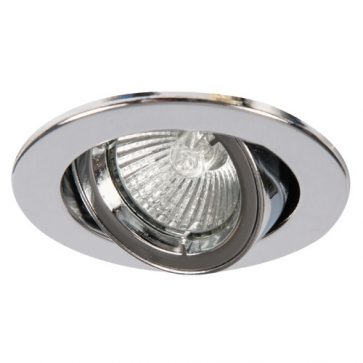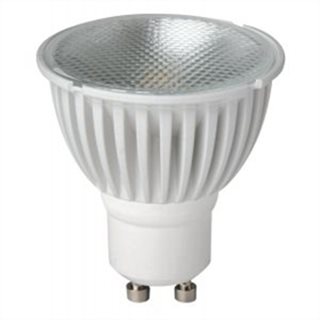Things to Consider When Installing Downlights
 Downlights, also known as spotlights, are very fashionable especially in kitchens and dining rooms, but there are a few things to consider when installing downlights.
Downlights, also known as spotlights, are very fashionable especially in kitchens and dining rooms, but there are a few things to consider when installing downlights.
- Space between down lights
Downlighting will only cast light on a certain area. This will depend on the height of the downlight and the angle at which the lamp (or bulb) casts the light among other things. You will need to make sure the down lights overlap or you will have dark spots in the room. Most good lamp manufacturers will provide the angle at which light will be cast. As an example many LED lamps Have narrower angles as they often have heat sinks surrounding the lamp. - Finish of the surround
If you are having metal finished sockets and switches in the room you might want to match them with metal surrounds on the downlight. As well as the usual White plastic you can also get White metal, chrome and brass down lights. - Do you want them to dim?
Dimming down lights give great effect, especially in a kitchen or dining room but make sure you plan ahead. You can get various wattage dimmers and you need to do the right calculation to ensure your dimmer module can take the load. Also the greater the load and hence the larger the wattage then often the dimmer module will need a bigger back box, or for certain wattage such as 1,000 watt dimmers they will need a single dimmer plate to itself (or a double plate for two dimmers). Note on lamps: make sure the lamps you buy are dimmable. Most reputable manufacturers will tell you whether their lamps are dimmable or not. - Do you want to use energy saving lighting?
Led GU10 lamps can offer a great variety of colours and more importantly, with ever increasing energy prices, can save you a small fortune. Dimmable LEDs lamps: be aware that with a reduced wattage on the dimmer you may have issues (such as buzzing or flickering) if the total load on the dimmer module is not high enough. The solution is to buy a trailing edge dimmer. This will normally work on even the lowest wattage load but be aware they do cost more. - Are you looking to highlight/ spotlight a feature?
If you want to direct the light in a certain direction (i.e. not just straight down) you will need a tilting downlight. Again you'll need to consider the angle of the lamp, the strength of the lamp and the distance from the object to get the most out of your spotlight.  Will it be your only light source (other than sunlight)?
Will it be your only light source (other than sunlight)?
While downlights are a fantastic way of lighting a room, don't forget many people call them spotlights, and for a good reason! They do distribute the light in a specific location, so you'll need plenty of them if you want a large room lit up. The other option is to add another light source as the 'ambient light' and use the down lights as 'spotlights' within the room. Also be aware that it is possible to get gu10 lamps with different spread/coverage. In our range of led lamps some have a narrow beam, perfect for a spotlight, while others have a wider beam, spreading the light over a wider area and giving a more even distribution of light in the room.- What colour/ambience do you want in the room?
Modern LED lamps are not only more economical lighting solutions they also offer the opportunity to have warm, cool or daylight lighting. This essentially means the brightness and 'whiteness' of the light. For the more extravagant amongst you it's even possible to get rgb led lamps, where you can change the lighting to red green and blue at will! - A note of caution
There are two types of Downlights on the Market. Fire rated and non-fire rated down lights. Be aware that non fire rated down lights are not contained in their own casing. DO NOT install these inside ceilings, especially surrounded by things like insulation, without encasing them first. Fire rated down lights are contained in their own casing and are safe to install in ceilings even if surrounded by insulation.
Final note of warning: make sure you know the law when it comes to electricity. There is very little you can do without at least getting a qualified electrician to sign-off on the work, especially in kitchens, bathrooms and outside, so check out the law and if you're in any doubt choose a qualified electrician to help you out.